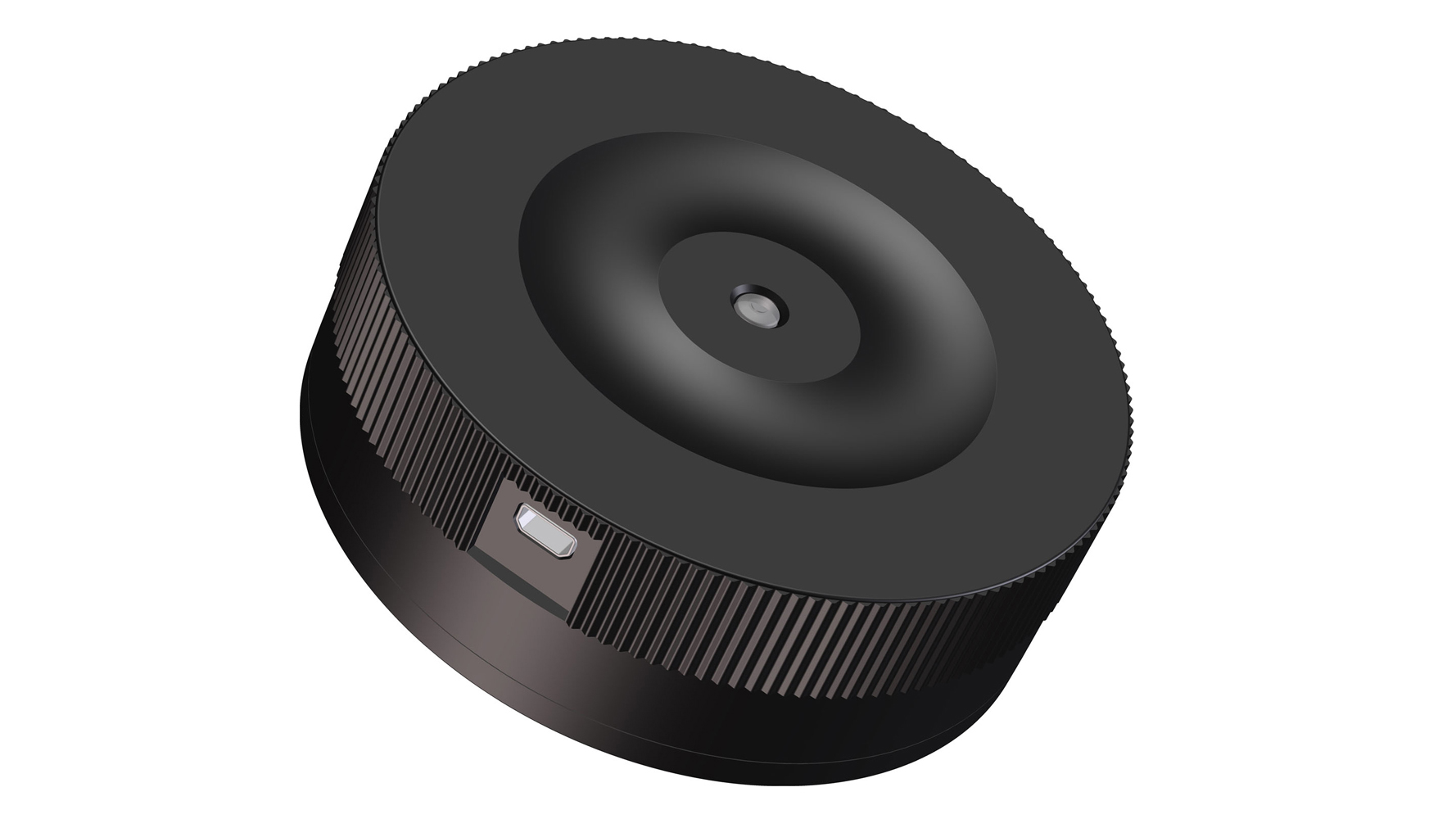Sigma set to enable AF adjustments

Sigma's recently announced USB dock is intended to enable Sigma lens owners to adjust the accuracy of the autofocusing and upgrade the firmware of your lenses via a computer, but it could also enable you to customise the focus distance and how the optical stabiliser (OS) operates.
Speaking to TechRadar at Photokina 2012, Sigma CEO Kazuto Yamaki explained that the details of the USB dock have yet to be finalised, but it may enable Sigma lens users to choose whether the OS operates full-time to create a steadier view through the viewfinder, or at the point of capture to enable maximum correction.
Using your computer, you may also be able to specify the distance range that the AF system operates within. This could prove useful in a wide range of circumstances.
Macro photographers could set the lens to only focus very closely, while sports photographers could specify a fairly restricted, but more distant range. This would reduce the chance of the lens focusing on the wrong subject when something passes across the frame and having to refocus on the subject again. It should also reduce the amount of lens hunting with close subjects.
Size matters
Using the USB dock enables Sigma to give its lenses extra functionality without the need to add switches on the barrel, and thus keep the optic's size and weight down.
According to Yamaki, front and back focusing - when a camera and lens combination results in the focus being just in front or behind the intended target - is a significant issue for manufactures.
This is something that needs to be corrected for individual lenses and camera bodies, and it's why some cameras such as the Canon EOS 6D and Canon EOS 5D Mark III enable AF micro adjustment.
Sign up for breaking news, reviews, opinion, top tech deals, and more.
The new Sigma USB dock will enable you to adjust the lens to correct any focusing inaccuracy experienced with your camera. However, since the adjustment is made to the lens, photographers with two camera bodies may find that you need to correct the focusing each time you swap cameras, which is hardly ideal.
Perhaps in the future the lens firmware will be capable of storing two or more sets of adjustments, and will recognise which to use depending on the camera that the lens is mounted on.
As yet the price of the dock hasn't been set, but Yamaki says it will be kept low and is considering including it in the box with some of the more expensive lenses. The availability date has not been decided yet either.